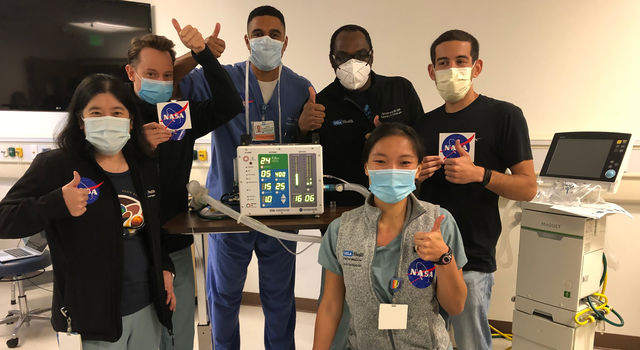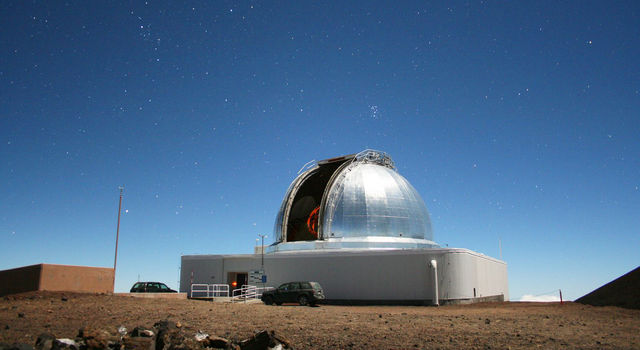Blogs | JPL | October 22, 2008
Shakeout for Southern California
For those of us living in southern California, the risk of earthquakes is a constant fact of life. In fact, small earthquakes occur daily, we simply may not notice them. It’s the larger, more damaging earthquakes that are cause for concern. The infamous San Andreas fault twists its way through much of California, posing significant risk to southern and northern California both-- and as many scientists have said, it’s not a question of if, it’s a question of when, a large earthquake will occur.
Even though the risk of earthquakes is always present, I am sure most people are not thinking about this on the way to work, or as they are watching TV at night, or just generally going about their daily lives. Establishing an earthquake preparedness plan probably doesn’t even come to mind, except possibly when there is a major earthquake elsewhere, or a minor earthquake nearby.
We here at JPL are working on ways to extend our ability to forecast earthquakes. We are combining the state of the art in high performance computing resources and modeling software with satellite observations made from space of small scale motion on Earth. This will enhance our understanding of the fundamental earthquake processes. With projects like NASA/JPL’s QuakeSim, which aims to improve our ability to forecast earthquakes, much as we do the weather, we will also be able to help prepare ourselves for the inevitable.
Unfortunately, should a large earthquake catch us unprepared-- and remember, it's not a question of if, it's a question of when-- this could have disastrous consequences. According to FEMA, the annualized loss due to earthquakes is $5.3 billion per year, with 66% ($3.5 billion) concentrated in the state of California alone. A moderate-sized earthquake in the metropolitan Los Angeles region could lead to loss of vital infrastructure-- water via the aqueduct, freeways, possibly even the ports or the airports, rendering us isolated and without resources for not days, but possibly months.
We are told to be prepared in case of an earthquake with 72 hours’ worth of water and food and other necessary emergency provisions. That will certainly see us through the first few days, but if the vital infrastructural resources like our water distribution, sewers, freeways, and other pipelines are taken out, we could be looking at much more than 72 hours without proper services, especially water and power. Are you prepared for such a circumstance?
On November 13, 2008, the United States Geological Survey will lead a disaster preparedness scenario called "The Great Southern California Shakeout." It will be based on a magnitude 7.8 earthquake along the southern San Andreas fault. Shaking from an earthquake of this size is projected to last up to two minutes, and the modeling that they have done has predicted that sediments in the various basins around the Los Angeles area will trap and magnify seismic waves, amplifying ground motions, much like what occurred in the Northridge earthquake. (To learn more about the "Great Shakeout," please visit: www.shakeout.org)
This earthquake scenario will also be the basis for the statewide emergency response exercise, Golden Guardian 2008. These complementary exercises are meant to demonstrate our ability to deal with an earthquake scenario in which there would be 1800 deaths, 50,000 injuries, and $200 billion in damage. An earthquake of this magnitude could produce destruction on the scale of the recent Gulf Coast hurricanes or worse.
One thing to keep in mind, though, is that we need to be proactive, rather than simply reactive. That way, when the inevitable moderate to large earthquake does hit, we will be as ready as we can be to deal with it. Exercises like the ShakeOut certainly help to keep the community more aware of the ever-present risk of earthquakes, but we as individuals also need to take the time to make sure that we are disaster prepared as well. That way we can be not only prepared, but resilient.
TAGS:EARTH, EARTHQUAKE, QUAKESIM, SHAKEOUT







